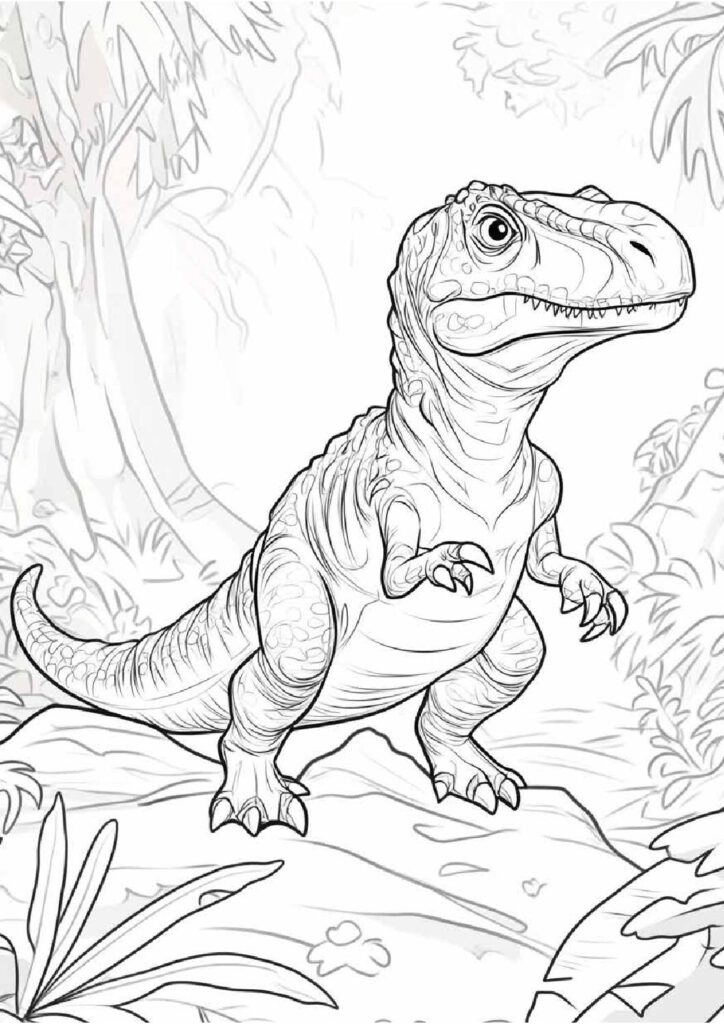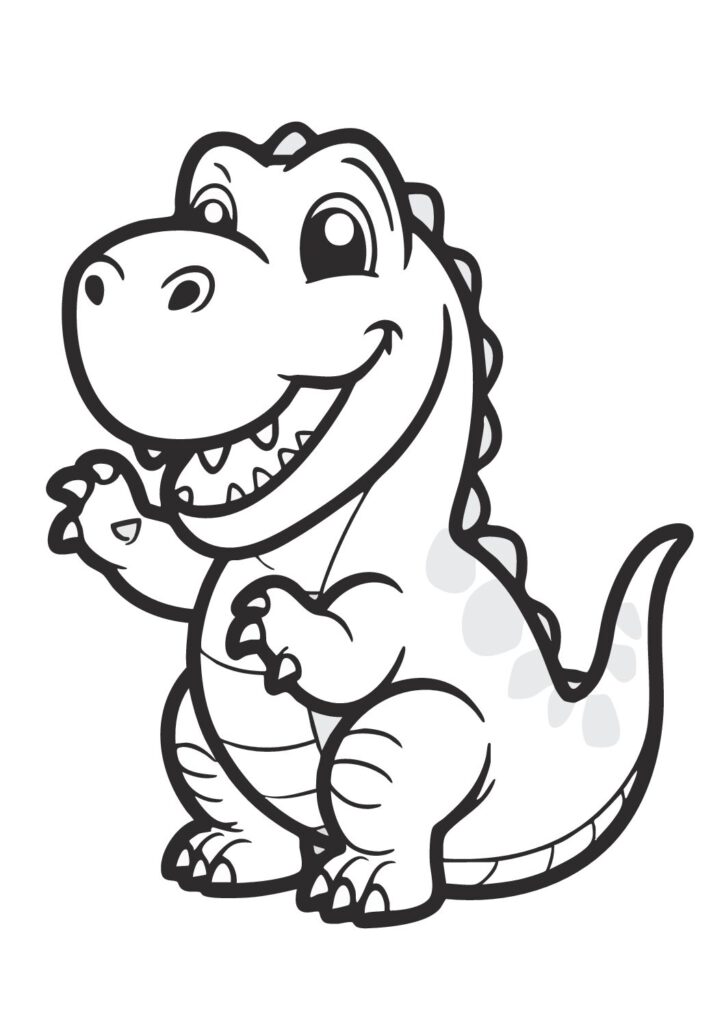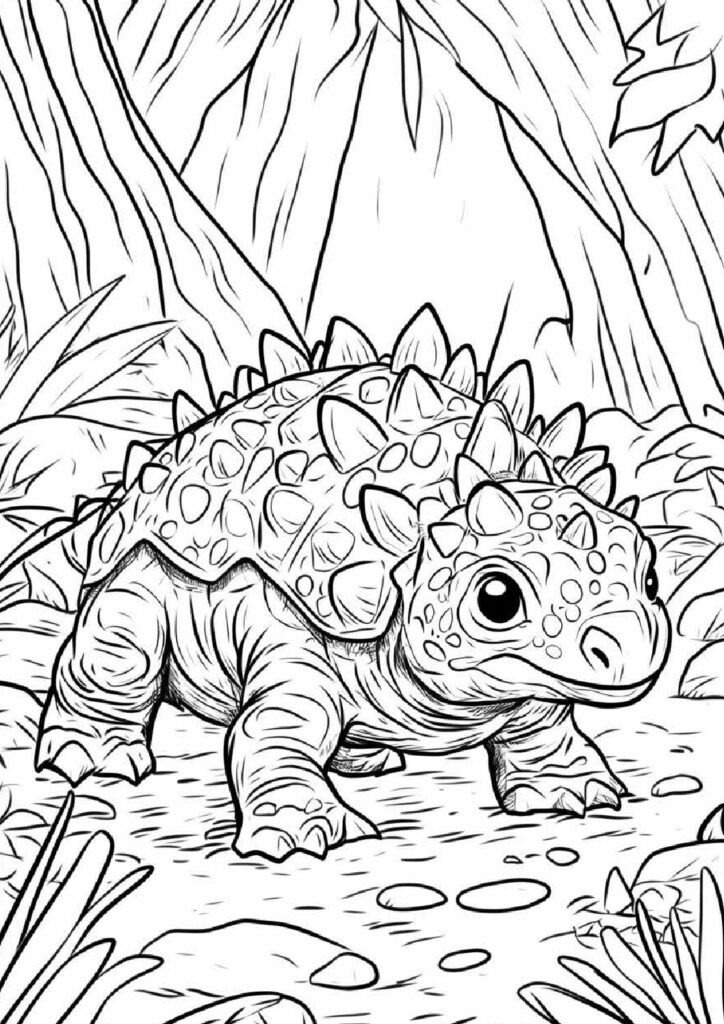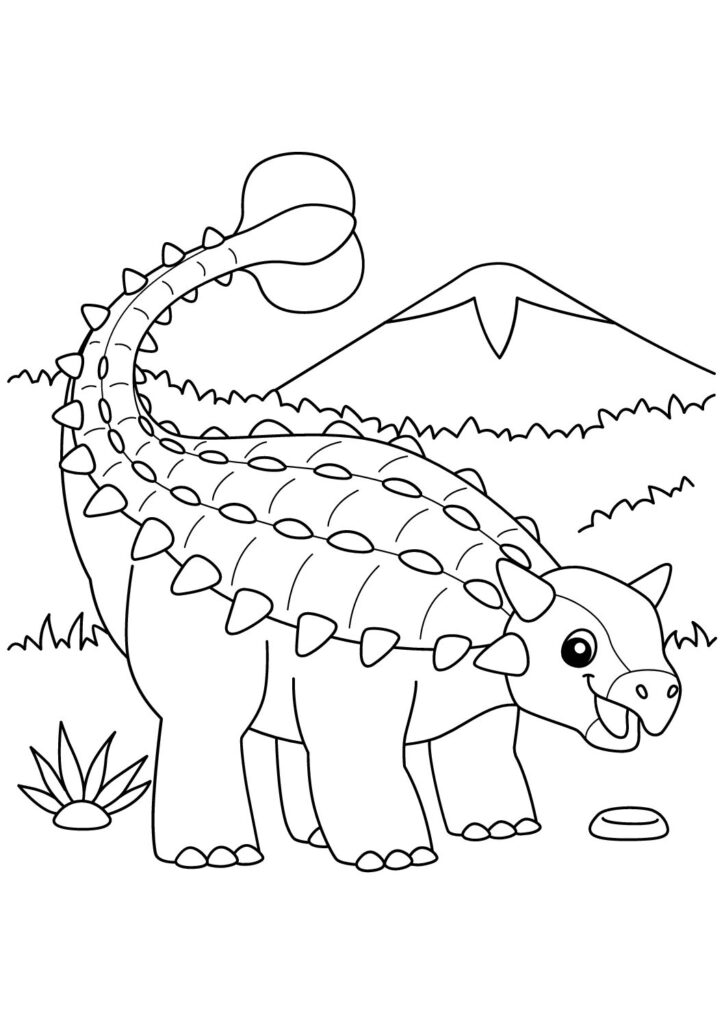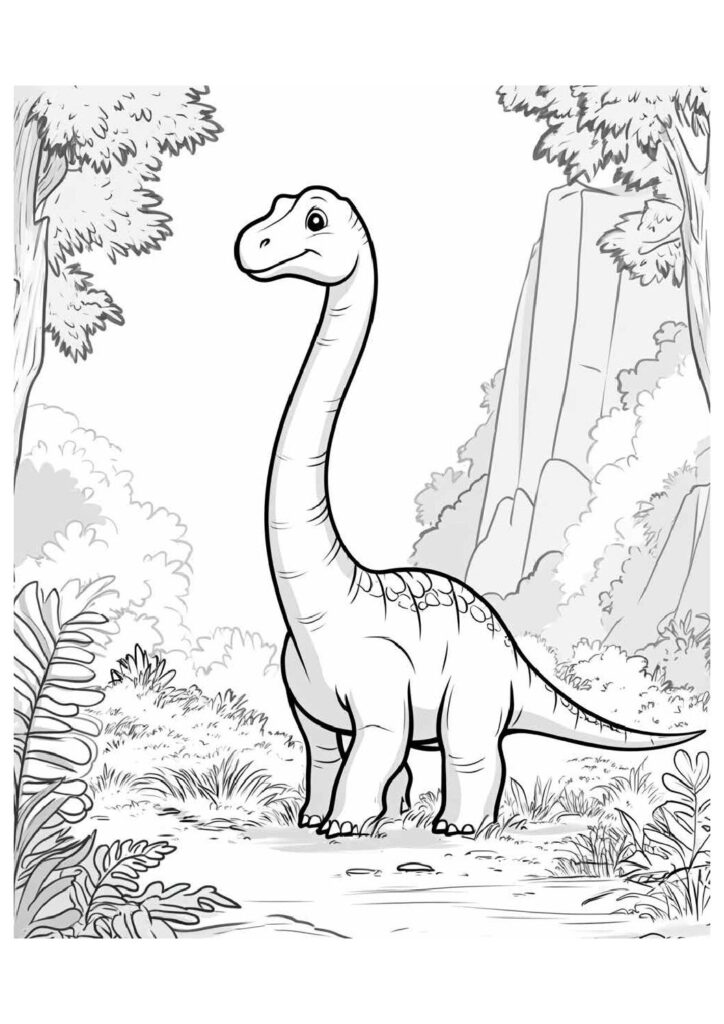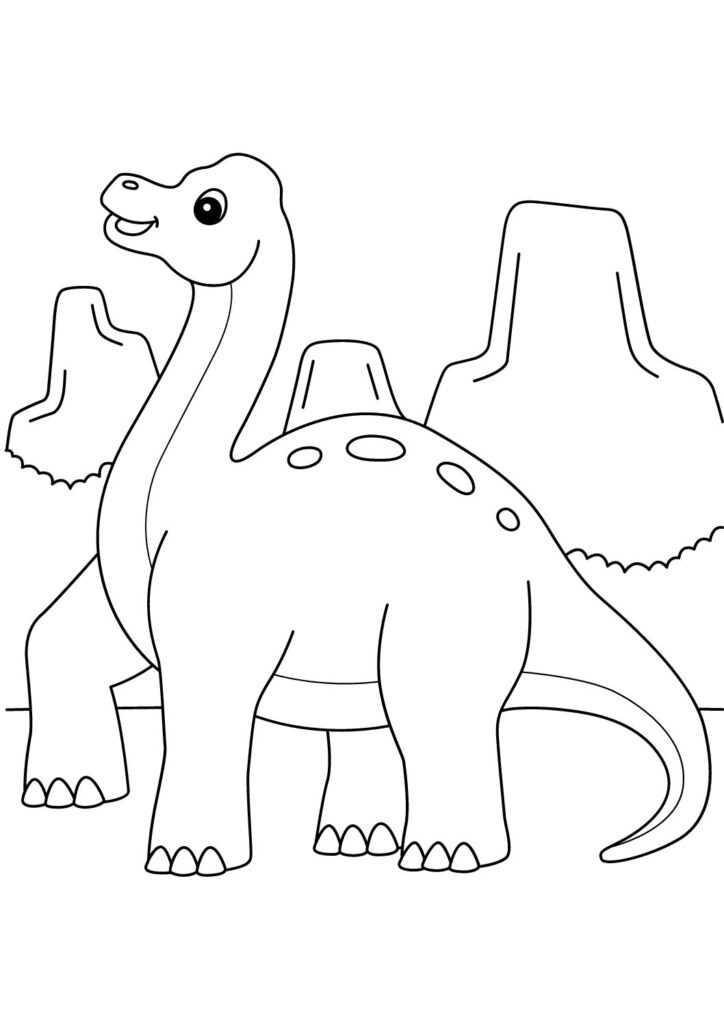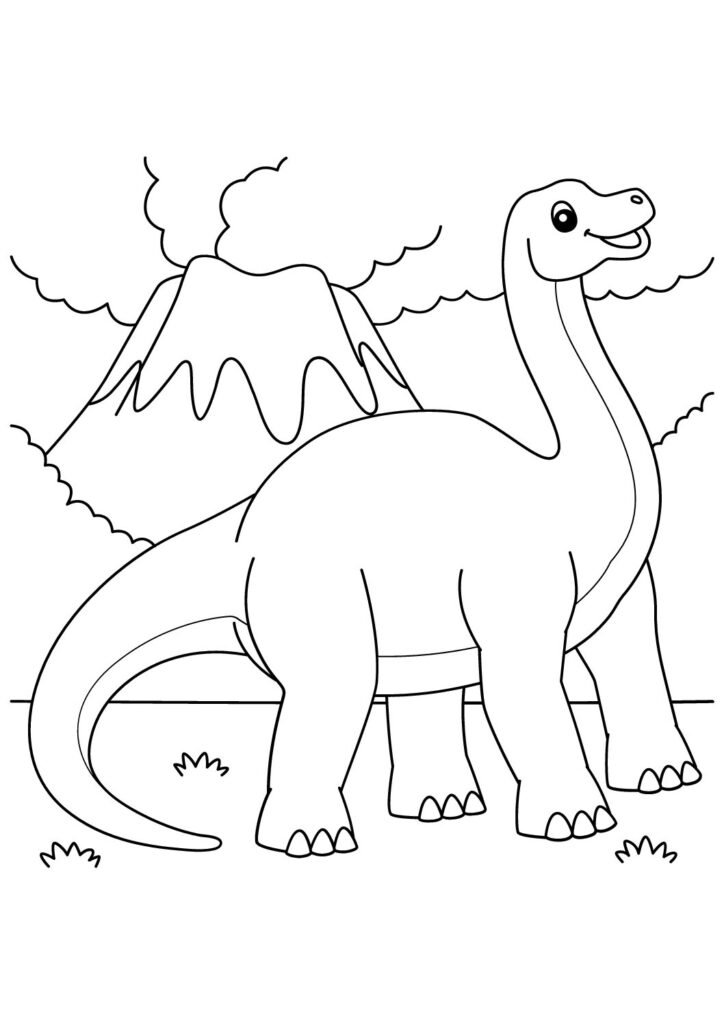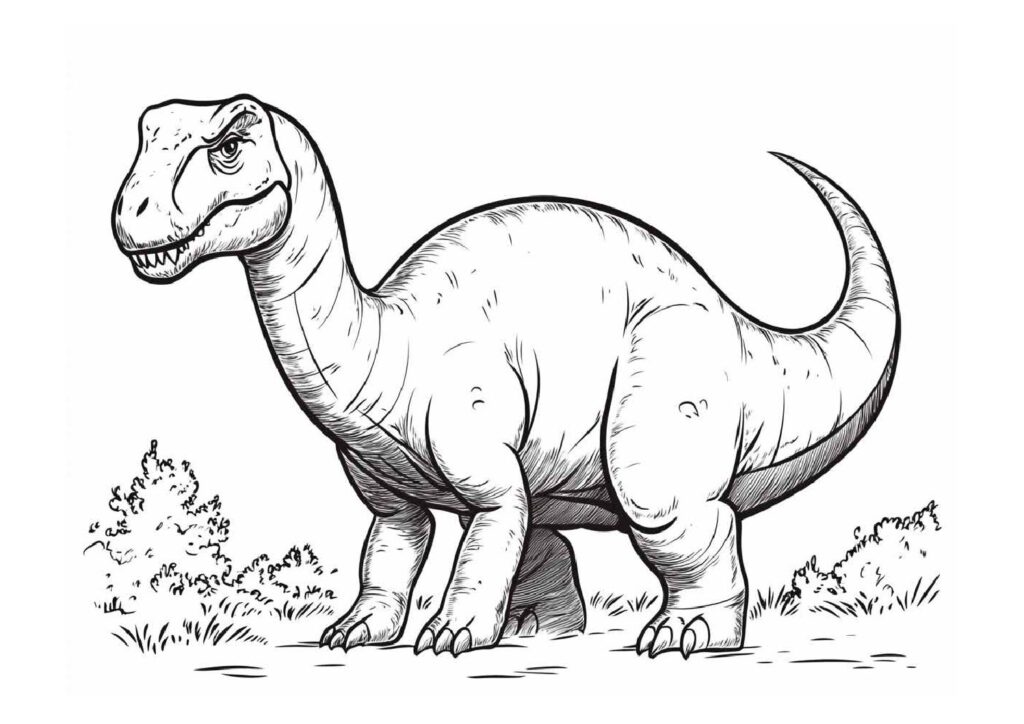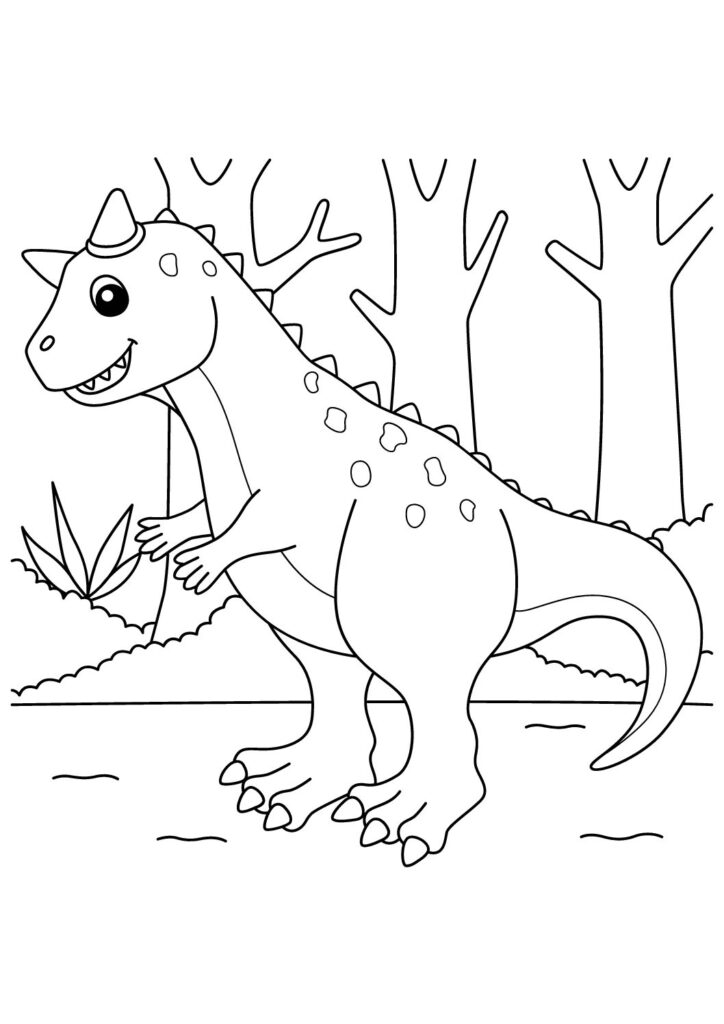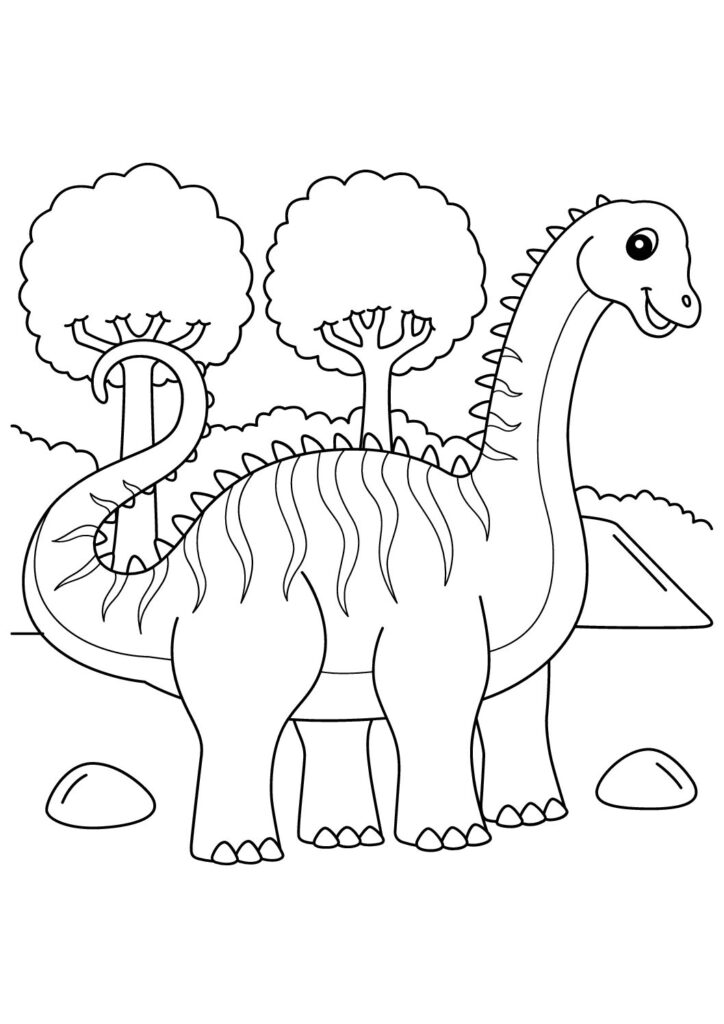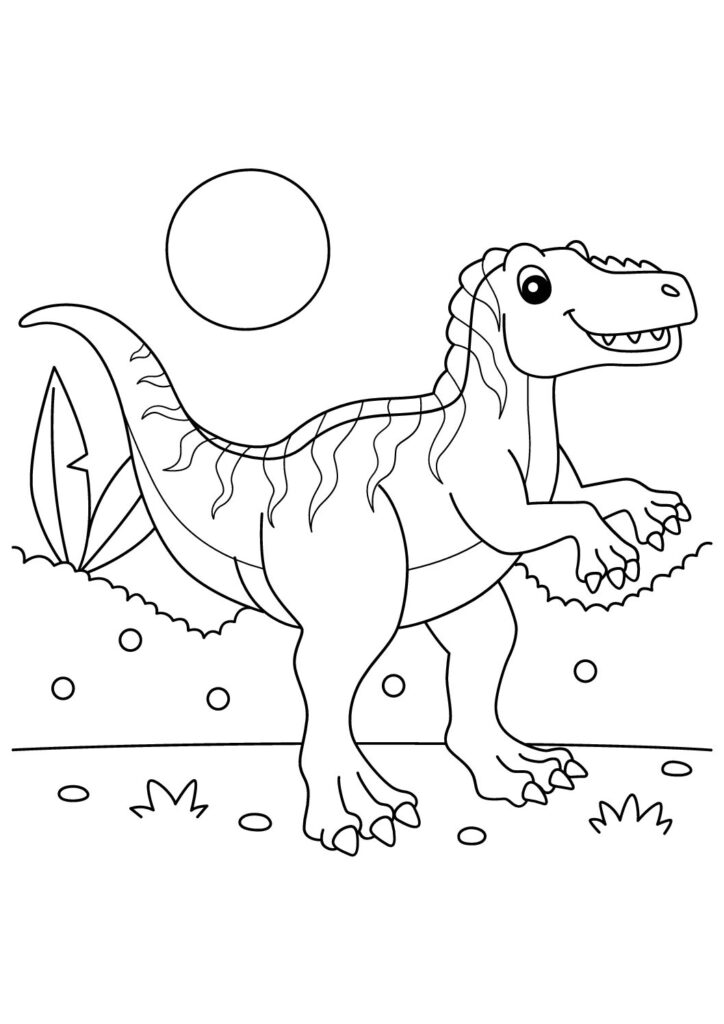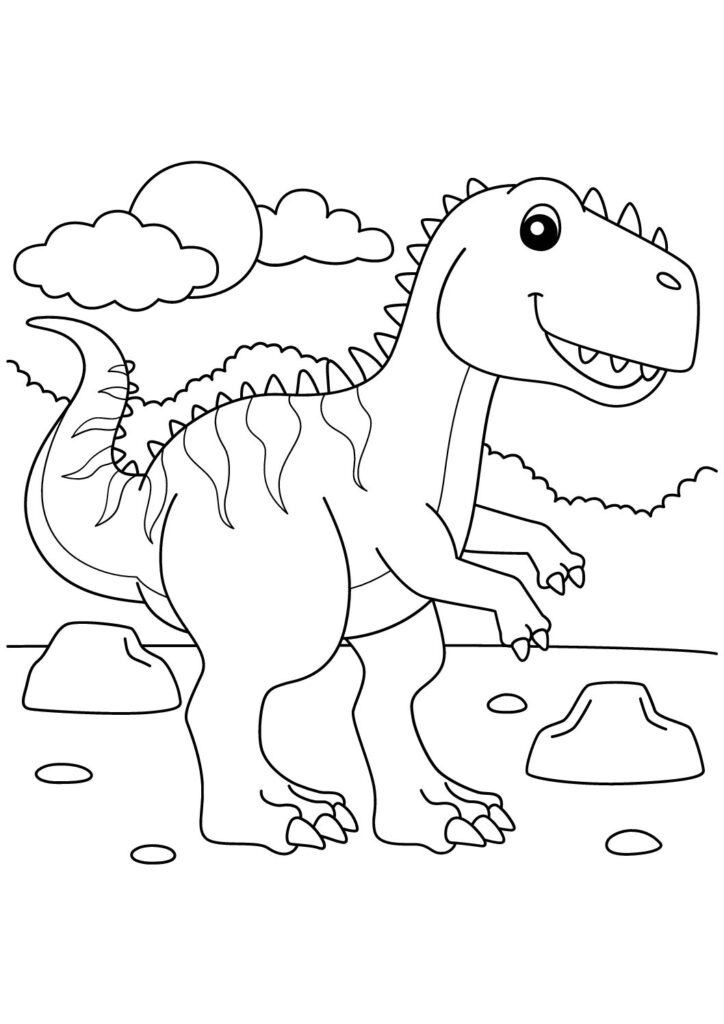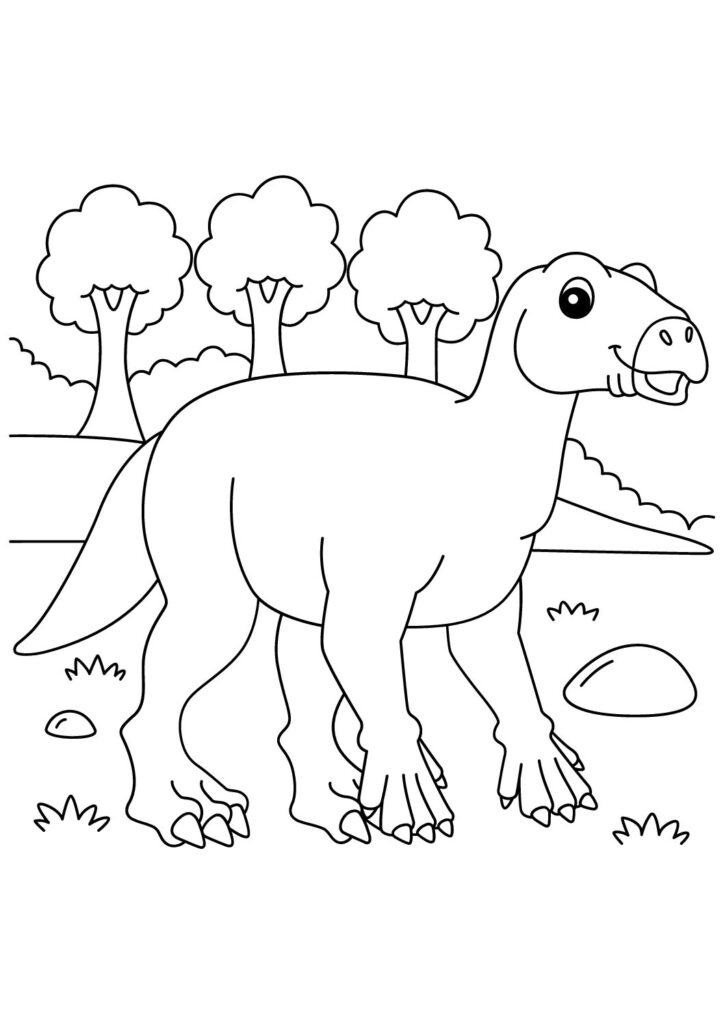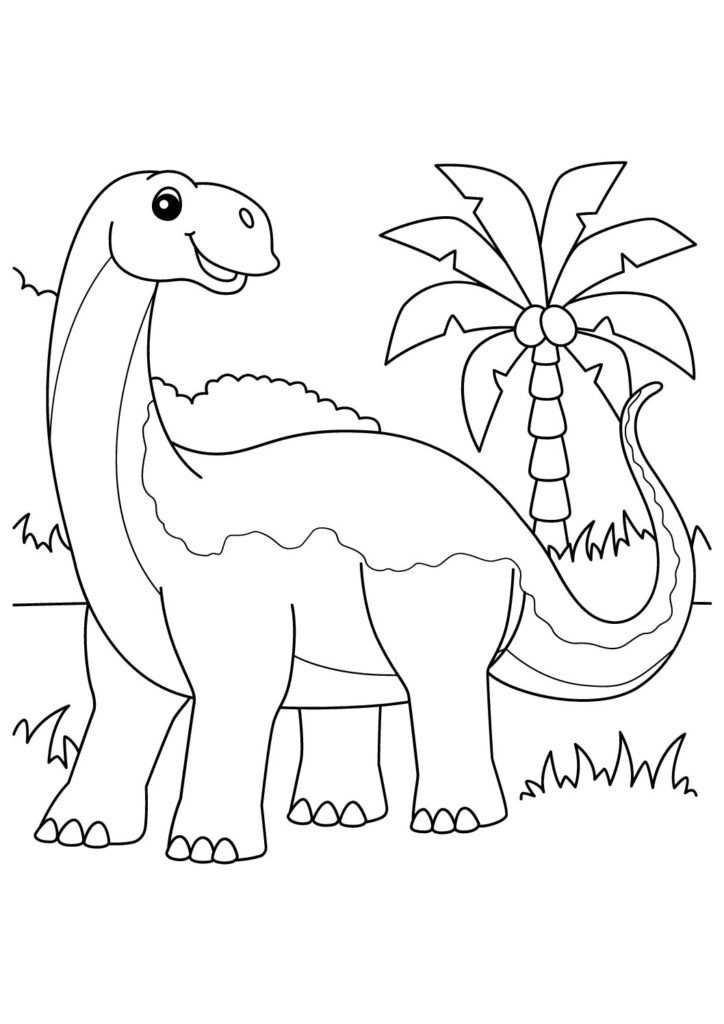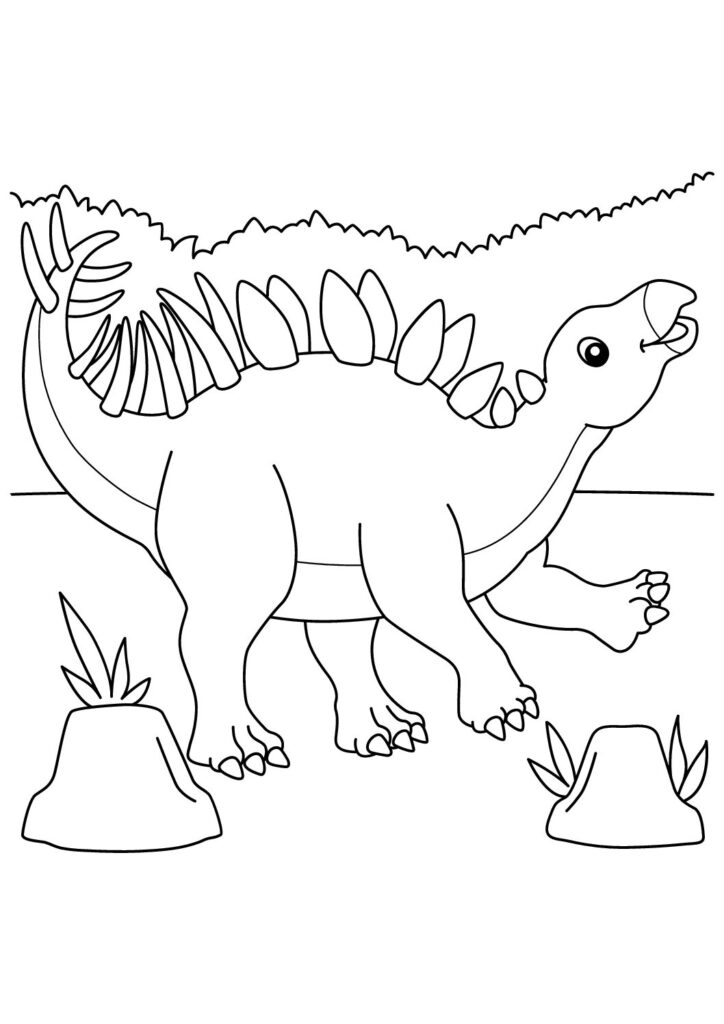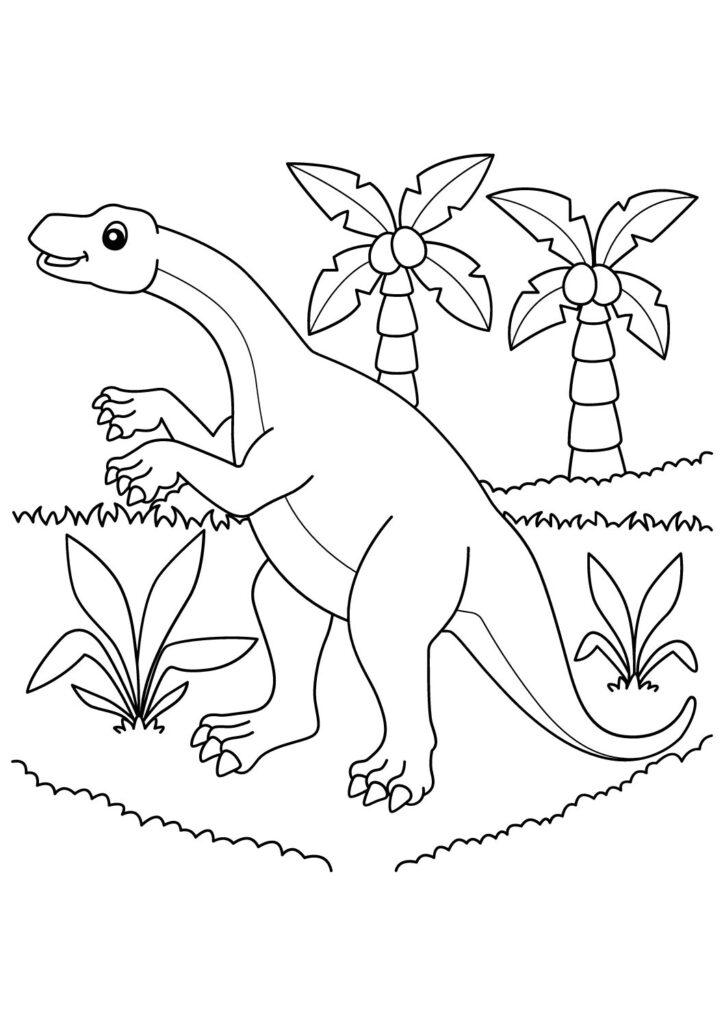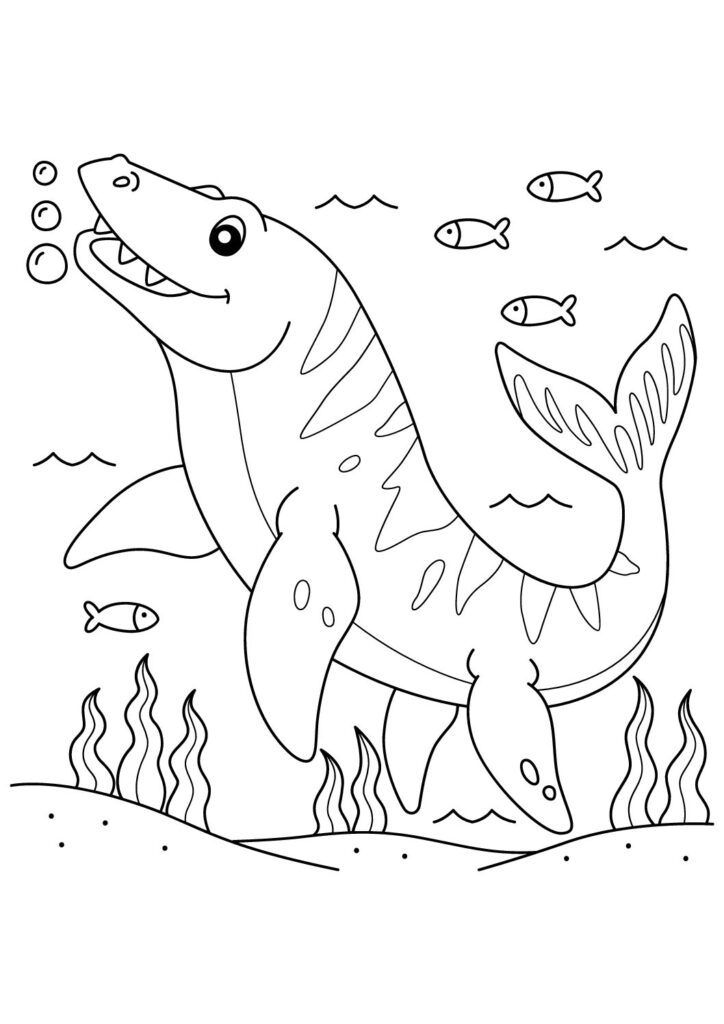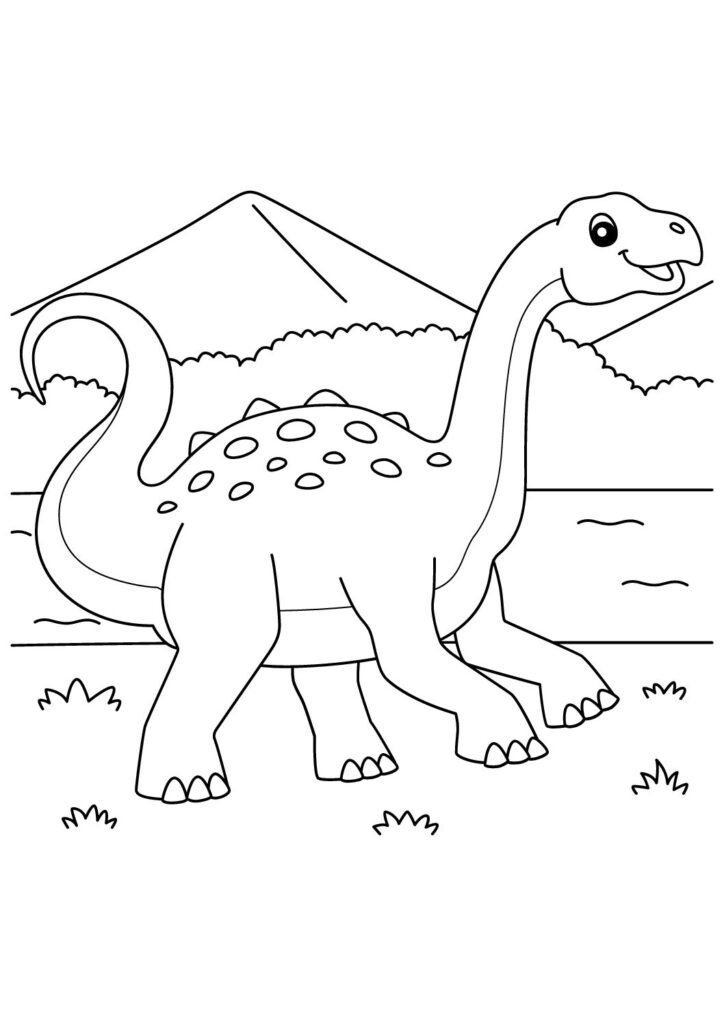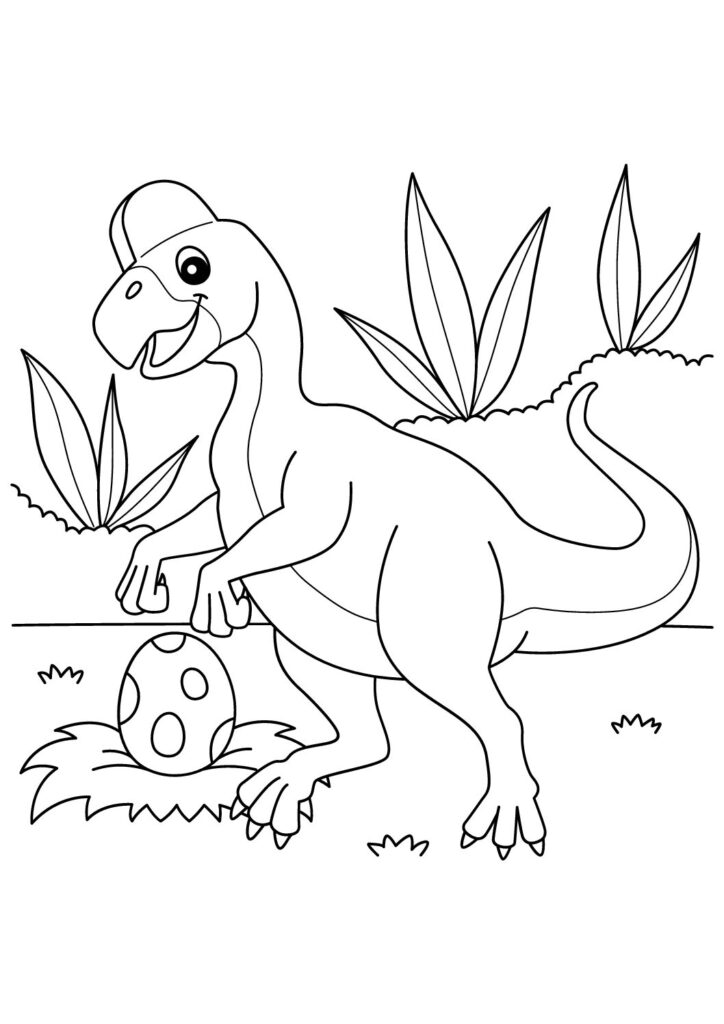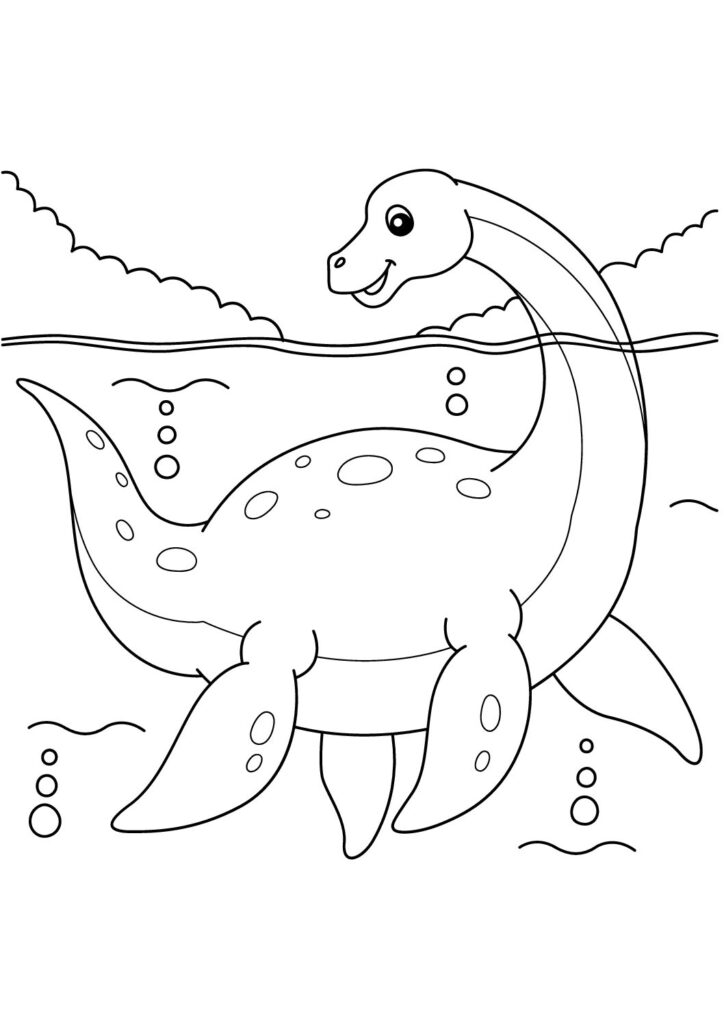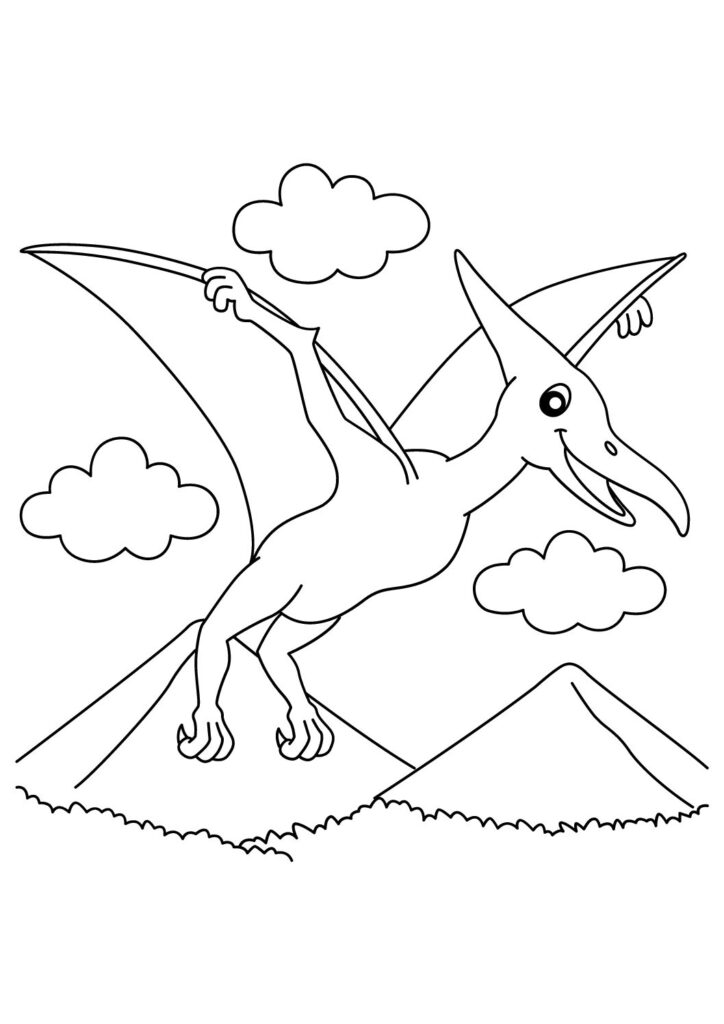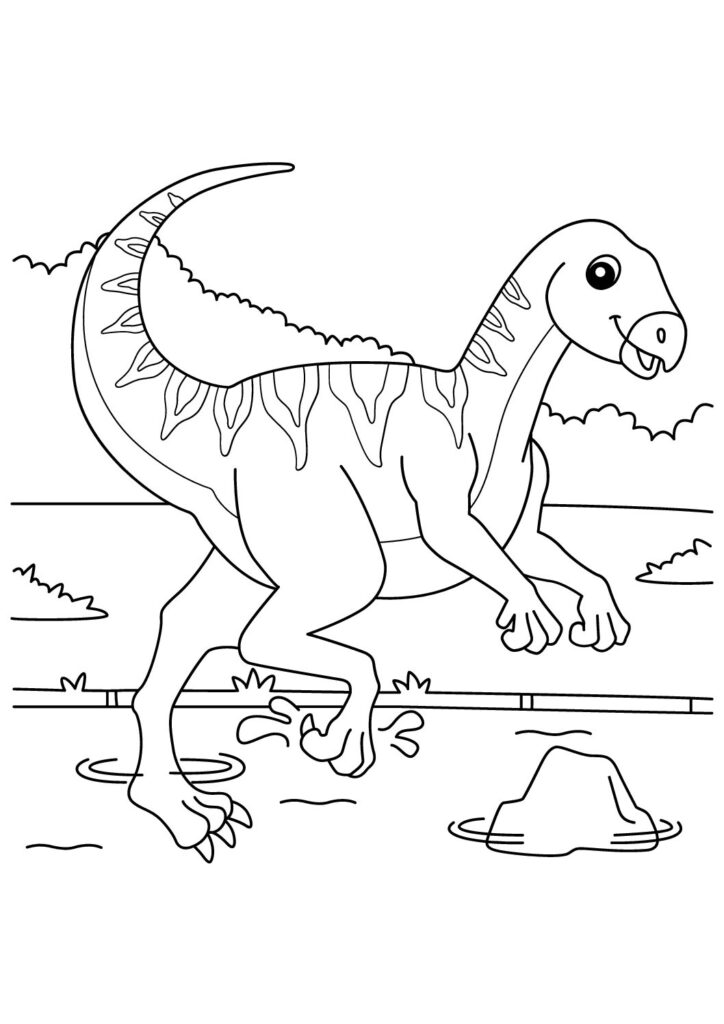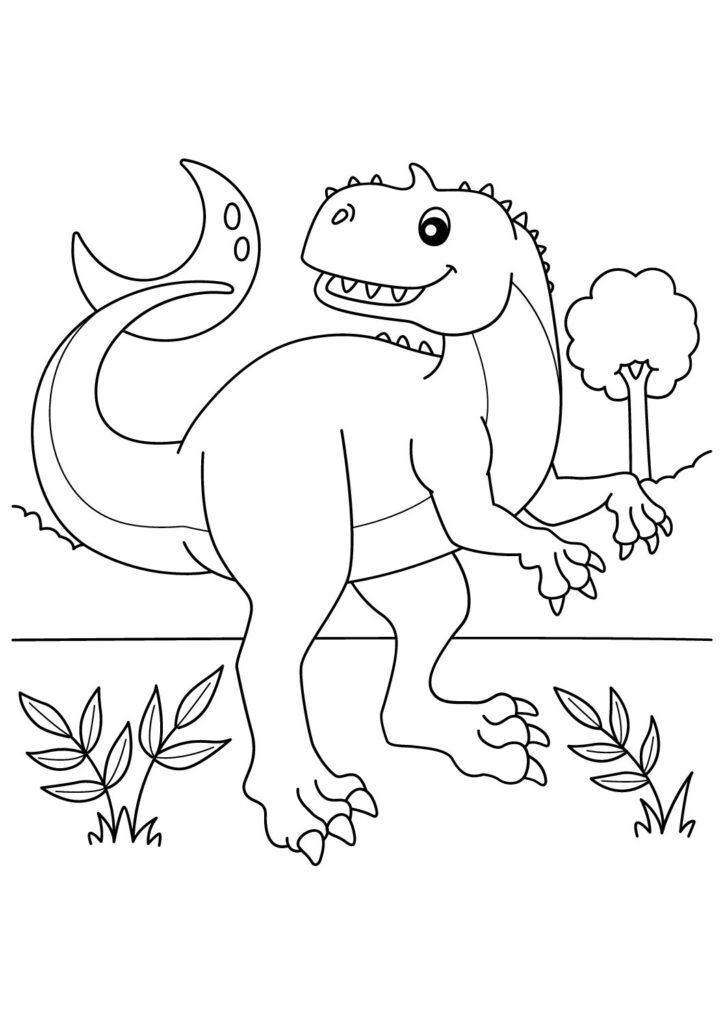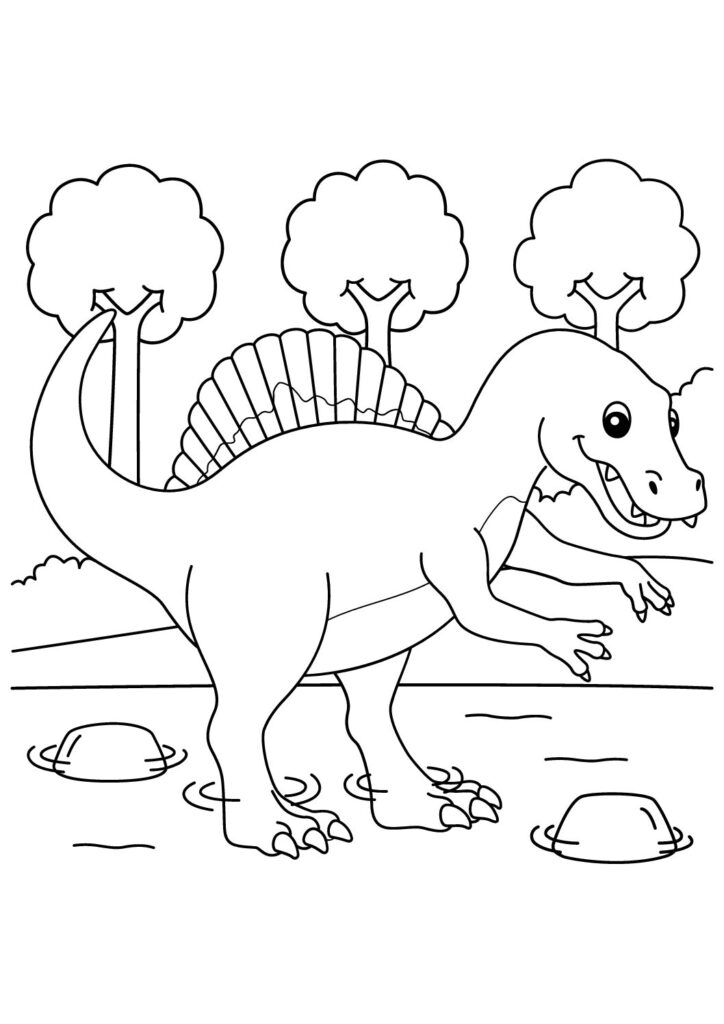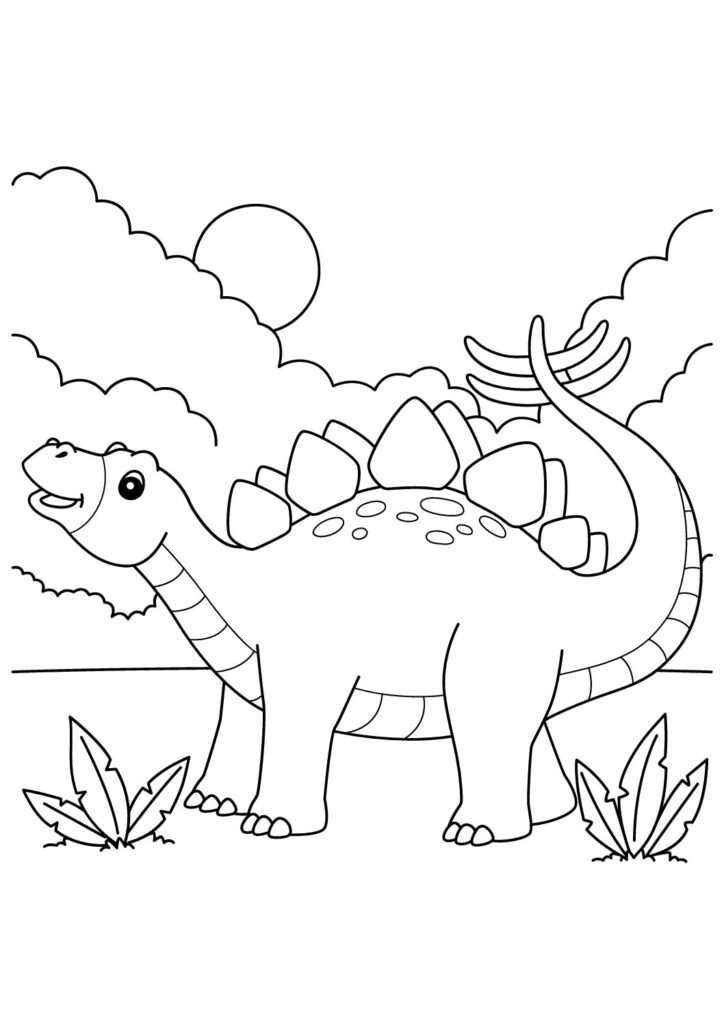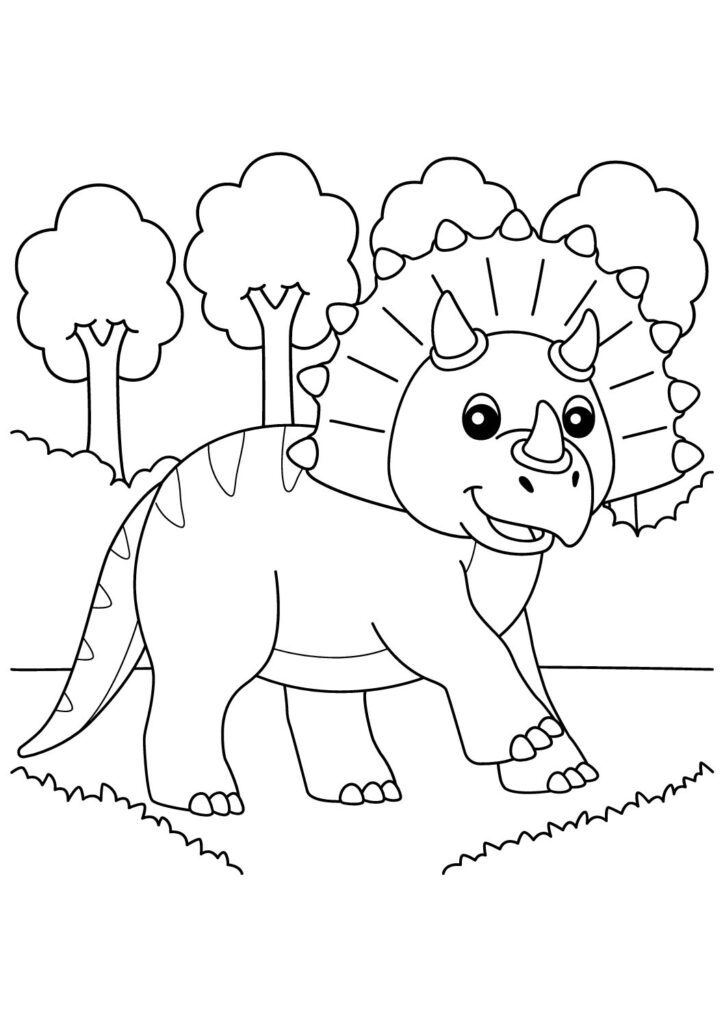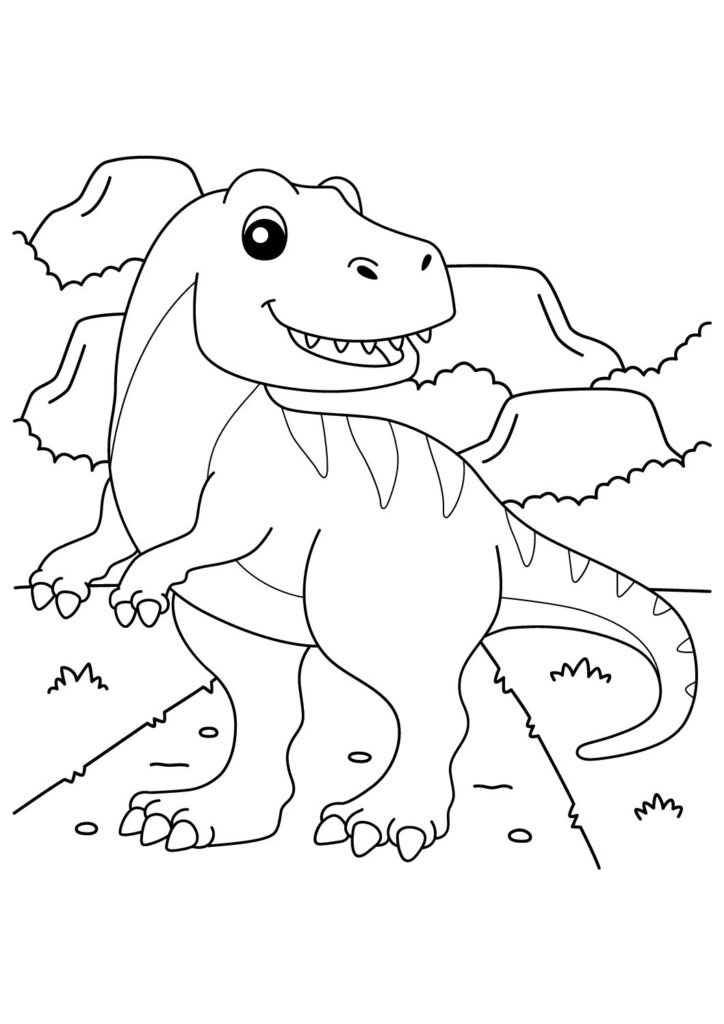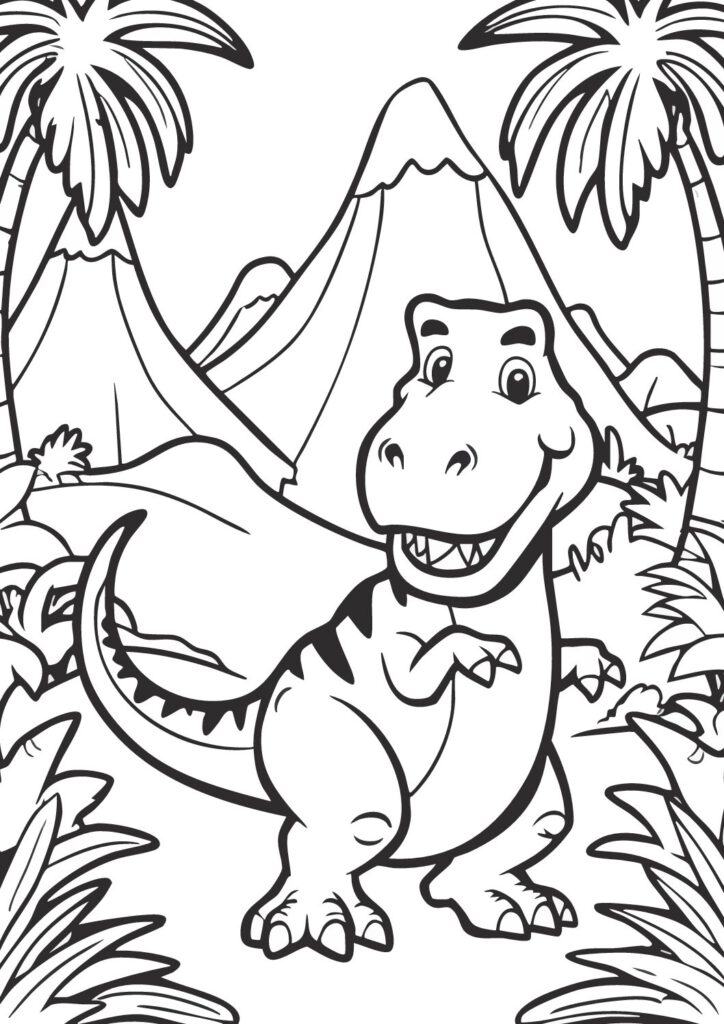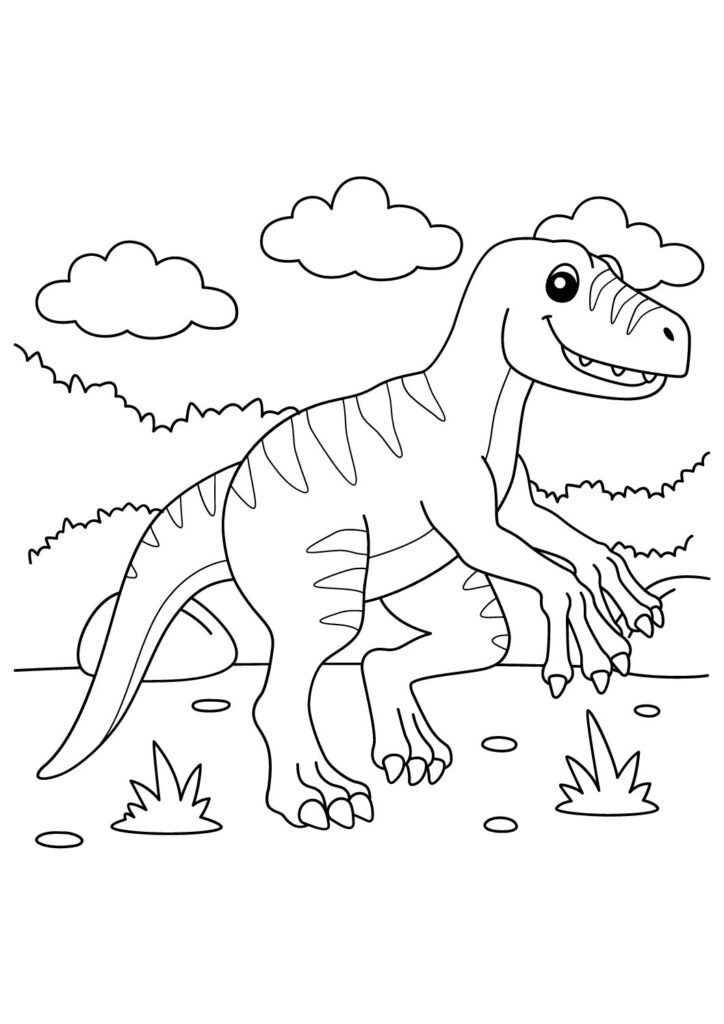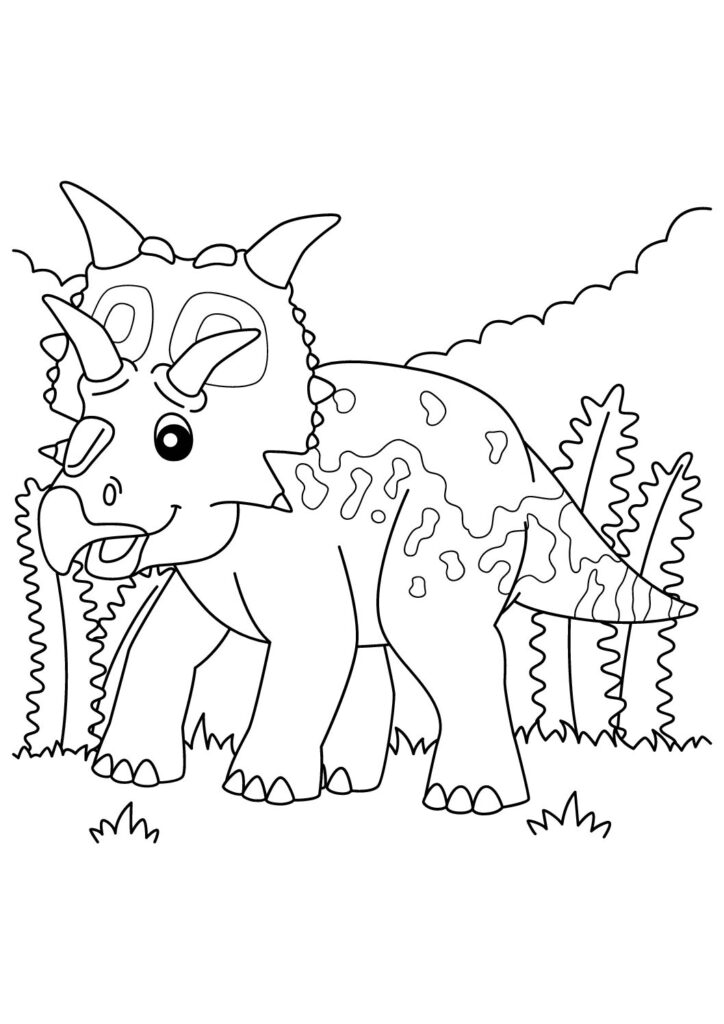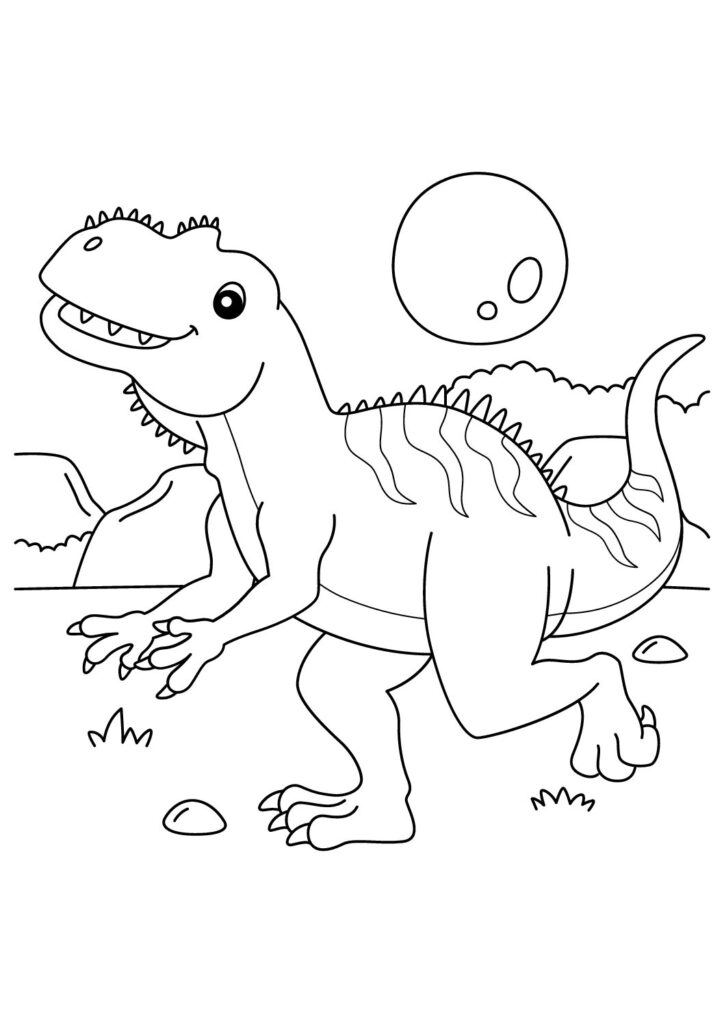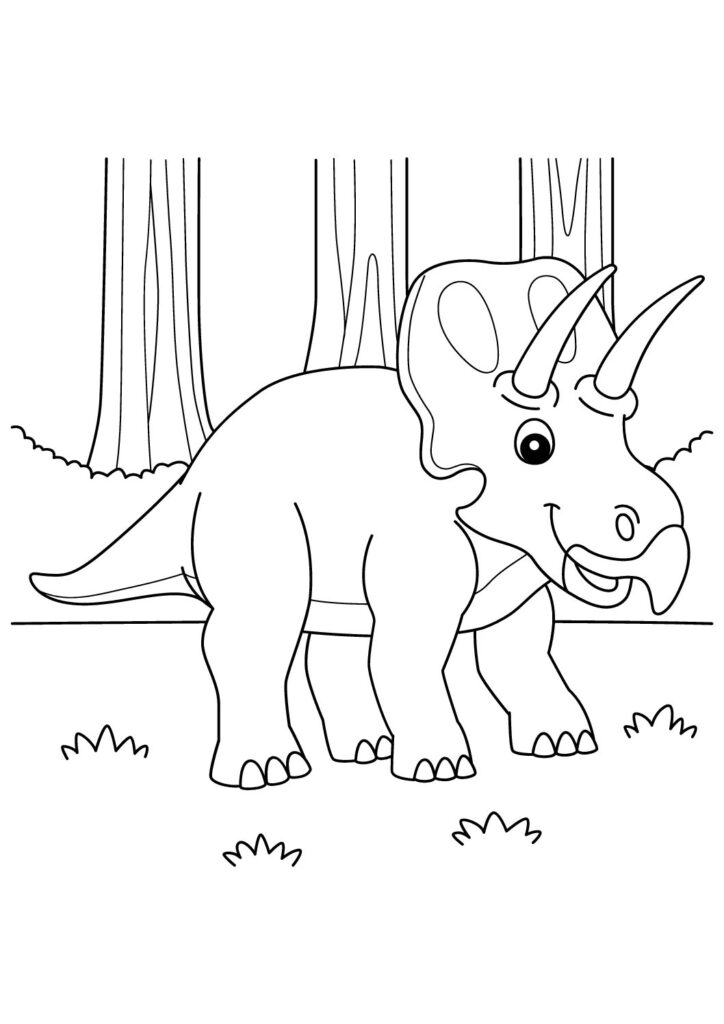1 Free Hesperosaurus Coloring Pages for Download (Printable PDF)

Wade into our free printable collection of Hesperosaurus coloring pages featuring these plated dinosaurs in their defensive poses! Download these high-quality sheets showcasing these unique stegosaurs with their rows of plates, spiked tail, and sturdy bodies displaying their distinctive armor features. Perfect for kids and dinosaur enthusiasts, these detailed prehistoric coloring pages capture the gentle nature of these plant-eating creatures known for their impressive back plates and defensive spikes. Each printable sheet brings these amazing Jurassic herbivores to life, highlighting their protective plates, powerful tail spikes, and low-browsing posture!
Remarkable Hesperosaurus Facts: The Complete Guide to Wyoming's Armored Dinosaur
Introduction
Hesperosaurus mjosi represents one of North America’s most distinctive stegosaurian dinosaurs, roaming what is now Wyoming and Montana during the Late Jurassic period approximately 156-145 million years ago. This remarkable herbivore, whose name means “western lizard,” provides crucial insights into stegosaur diversity and evolution, with several well-preserved specimens offering paleontologists exceptional opportunities to study the anatomy and lifestyle of these iconic plated dinosaurs.
Distinctive Plates
Hesperosaurus featured approximately 13 pairs of large, rounded plates along its back arranged in parallel rows rather than the alternating pattern seen in its famous relative Stegosaurus. These distinctive plates—some exceeding 2 feet in height—likely served multiple functions including species recognition, sexual display, and thermoregulation, with their extensive blood vessel networks suggesting they could help regulate body temperature by collecting or dissipating heat.
Physical Characteristics
This medium-sized stegosaur reached lengths of 15-20 feet and heights of approximately 10 feet to the tops of its tallest plates, weighing an estimated 1-2 tons. Its skull was proportionally longer and lower than other stegosaurids, with distinctive downward-curving jaws and small leaf-shaped teeth adapted for cropping vegetation, while its powerful legs supported a relatively stout body protected by its characteristic dorsal plates and tail spikes.
Defense Mechanisms
Like other stegosaurians, Hesperosaurus possessed a thagomizer—a set of four large spikes on its tail that served as formidable defensive weapons. These spikes, potentially measuring up to 2-3 feet long, could deliver devastating blows to predators like Allosaurus that shared its environment, with fossil evidence from related stegosaurs showing these weapons could penetrate bone and likely served as effective deterrents against attack.
Scientific Discovery
Paleontologist Patrick McSherry discovered the first Hesperosaurus specimen in 1985 in the Morrison Formation of central Wyoming, with formal description following in 2001. Initially classified as a unique genus, some researchers later suggested it represented a species of Stegosaurus (S. mjosi), though comprehensive anatomical analysis has reaffirmed its status as a distinct genus with multiple features separating it from its better-known relative.
Evolutionary Significance
Hesperosaurus represents an important evolutionary link in understanding stegosaur development, with characteristics suggesting it may be more primitive than Stegosaurus despite living contemporaneously. Its plate arrangement and skull morphology provide valuable insights into stegosaur diversity during the Late Jurassic, when these distinctive herbivores reached their peak abundance and variety before declining in the Early Cretaceous.
Paleoenvironment
Hesperosaurus inhabited a seasonal, semi-arid environment with floodplains and gallery forests along river systems, sharing its ecosystem with a diverse dinosaur community including the massive sauropod Diplodocus, the ornithopod Camptosaurus, and predators like Allosaurus. These herbivores likely browsed on low-growing vegetation including ferns, cycads, and primitive conifers that dominated the Late Jurassic landscape of western North America.

